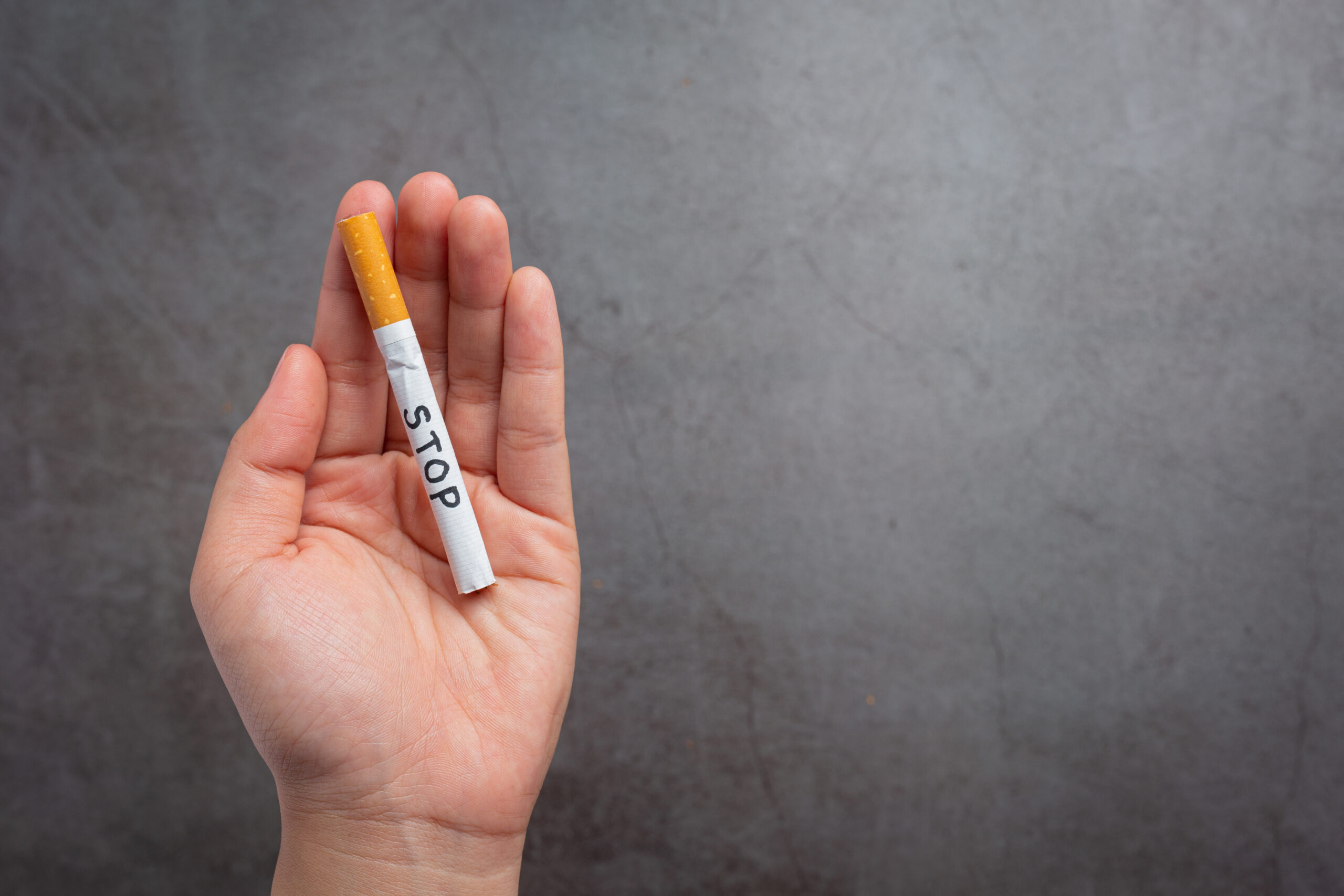While many people know that smoking and heavy drinking can be unhealthy, not many realize how much harm they cause.
As children grow up, many may view drinking and smoking as privileges only available to adults. They associate these behaviors with what makes someone “cool.” The portrayal of smoking and alcohol use in the media has undoubtedly helped perpetuate their appeal. Heavy smoking and drinking are significant public health problems. The importance of raising awareness about the dangers has never been greater than now.
The danger of smoking
More than 4,000 chemical compounds are detected in cigarettes and 400 toxic chemicals. These include tar, carbon monoxide, DDT, arsenic and formaldehyde. The nicotine in cigarettes is highly addictive, and there are many diseases caused by smoking. It’s hard to choose where you want the list started.
Any amount and type of smoking affect your health. While smoking is a significant risk factor for many diseases, including lung cancer, heart attack, coronary artery disease, and stroke, it also damages virtually any organ in our body. It can lead to leukemia and cancers of the pancreas, bladder, kidney, throat, mouth and uterus. The damage done by smoke to our lungs is devastating and can lead us to chronic bronchitis, where breathing becomes difficult. It can raise our blood pressure and cholesterol levels and reduce bone density in women. If consumed during pregnancy, it also increases the risk of infertility and preterm delivery, such as sudden infant death syndrome or congenital disabilities.
The dangerous effects of heavy drinking: How much alcohol are too much?
While it is true that most people like to have a drink or two, be they beer, wine and spirits. Light drinking is generally considered safe and can be good for your heart. Heavy and binge drinking can lead to serious medical problems.
Women who drink seven or more drinks weekly may risk developing a drinking problem. On the other hand, men can exceed safe limits by consuming 15+ alcoholic beverages weekly. Men must not drink more than two alcoholic drinks per day, and women one glass (2 units) a day.
The term “binge drinking” means the consumption of 5 or more drinks for men and four or more drinks for women each on one occasion.
The following groups should not drink alcohol: young people under 18, pregnant women, patients on medication that interact with alcohol, recovering alcoholics, people with certain health conditions, and people intending to drive or do activities requiring attention and coordination.
Heavy drinking leads to many severe health conditions. The perils of binge drinking are well known to those who experience it. This extreme consumption can cause immediate problems such as acute intoxication, nausea and vomiting, blurred vision, alcohol poisoning, and impaired judgment.
Heavy alcohol consumption can lead to a long list of harmful effects, including the development of high blood pressure and heart disease. It may also cause gastric problems, liver cancer, pancreatitis, liver cirrhosis, alcohol dependence, memory impairment, and various psychological conditions. The consequences of heavy drinking are both immediate and long-term. Pregnant women who indulge in excessive amounts can harm their baby, while men may accidentally hurt themselves or others due to dangerous effects on the liver caused by alcohol abuse.
Effects of smoking and drinking on the heart
Both alcohol and tobacco affect the heart. The adverse effect of smoking on the risk for cardiovascular disease has been well-recognized and straightforward. The risk of developing stroke and heart disease increases with smoking, but it’s not as clear when drinking alcohol. The evidence suggests that drinking 3 -14 drinks a week may be associated with lower rates of heart attack, but heavier drinkers could increase their risk for heart failure, heart attack, stroke and high blood pressure.
While some research shows that people who drink tend to be heavier smokers, it’s possible they’re also at higher risk for cardiovascular disease because both habits often go hand-in-hand with similar behaviors and lifestyle patterns. Whether this occurs through combined effects or an independent impact of smoking and drinking is presently unclear.
The health problems caused due to excessive smoking and drinking are extensive. Because of the dangers of alcohol and smoking, public health efforts have been made to minimize these issues. These measures may improve society because they reduce negative impacts on individuals’ lives.
Benefits of kicking the habit
Quitting smoking has a significant impact on all aspects of your life. It can improve your quality of life – physically, emotionally and financially. The air you breathe is not just for your lungs but also affects those around us. It can help them to breathe easier and live longer too! When people give up smoking, they generally notice an improvement in their sense of smell and taste. They feel less stress which allows them to become more energetic again. Their skin will usually look younger, and they’ll be healthier. Their loved ones’ health can improve as passive smoking is reduced.
Alcohol tolerance often leads to false reassurance that you’re only drinking within limits since drinkers don’t feel drunk. The health benefits of reducing alcohol intake are many and varied.
They include weight loss, less anxiety, clearer skin, reduced risk of many forms of cancer, no hangovers and better self-esteem.
Withdrawal symptoms of smoking
If you’re trying to quit smoking, there will be some withdrawal symptoms. Usually, the symptoms worsen in your first week and gradually improve. Common physical symptoms are:
- Appetite increase: The chemicals in cigarettes make you feel hungry, but when they’re gone, your appetite will finally return.
- Nicotine cravings: These cravings only last about 15-20 minutes and often happen throughout the quitting process.
- Cough: It lasts for a few weeks as your respiratory system cleans itself.
- Tiredness: The lack of nicotine will likely make you feel tired and restless. You might experience insomnia as well.
- Mild headaches and dizziness: These usually subside after a week or two, but they tend to resolve quickly.
- Mental and emotional symptoms: These include depression, irritability, anxiety, and mental fog.
- Constipation: It may occur in the first month of quitting.
How to quit: Smoking cessation
The most important thing about smoking cessation is that it’s a process, not an event. It means abstaining from cigarettes and other tobacco products for at least six months, preferably for a year. Quitting smoking is not easy, as the nicotine in tobacco causes dependence and addiction. Quitting smoking can be difficult, but the rewards are worth it. Stopping will cause you to go through some unpleasant side effects and withdrawal symptoms that may make your life less enjoyable. Nevertheless, smokers do succeed in staying off cigarettes permanently.
Studies show that smokers who quit smoking with support are more likely to succeed than those who do it independently. Hence, it’s vital for those trying to stop smoking who don’t know where or how to start in their journey to consult a health professional.
Heavy drinkers should be careful about stopping their alcohol consumption abruptly. They should definitely consult their doctors to manage the withdrawal symptoms.
We should always aspire to take care of our health and wellness because it’s important to us as individuals, families, and people around us.




